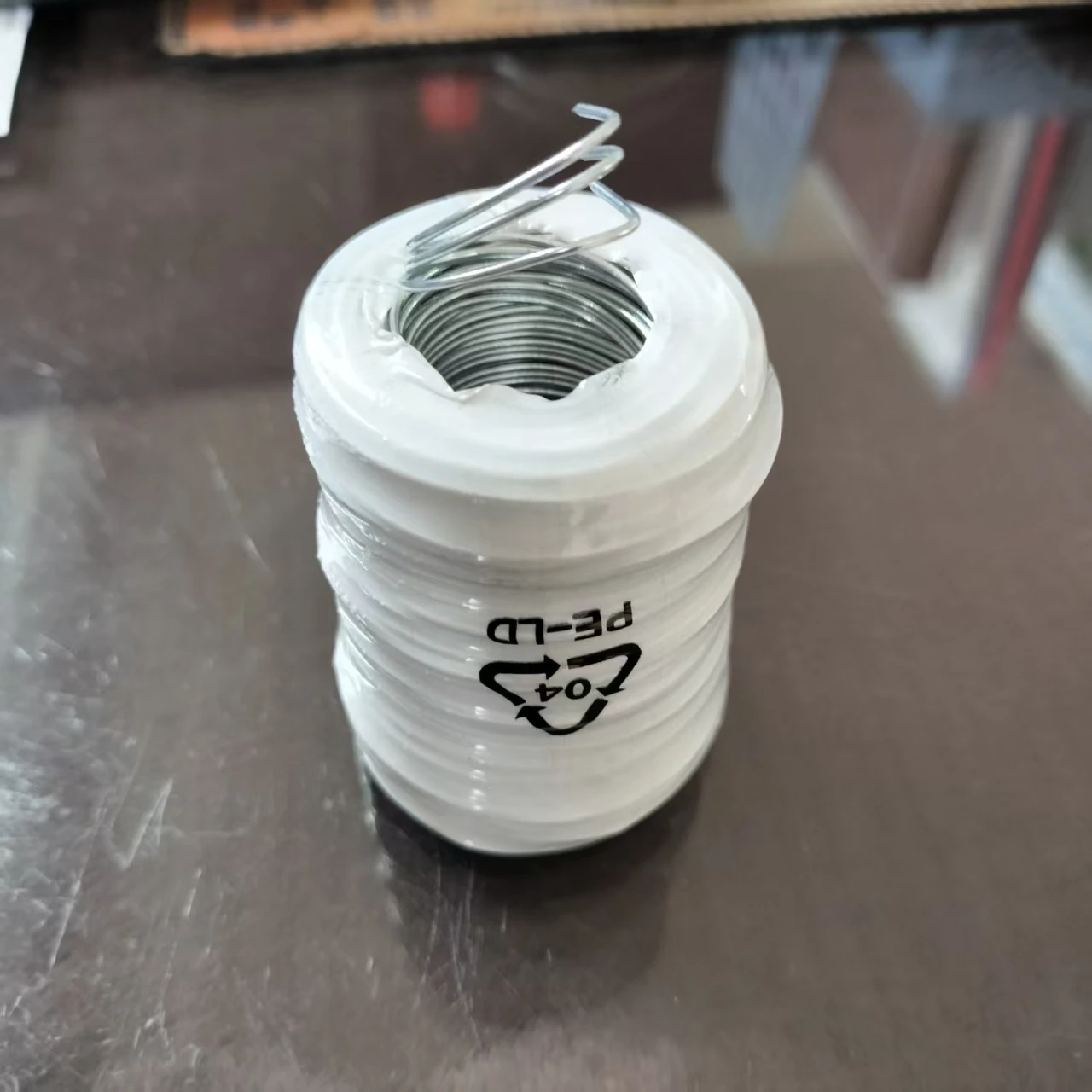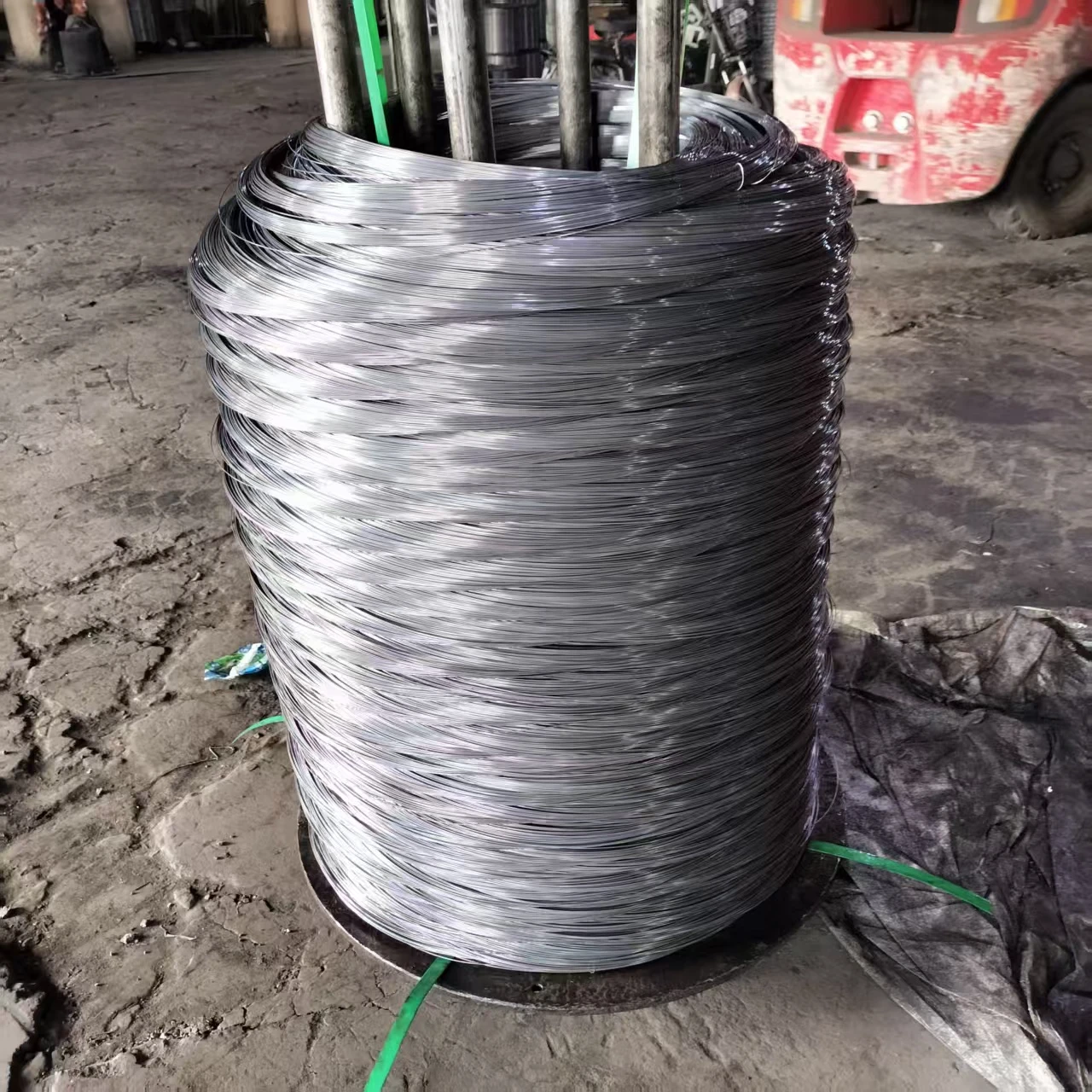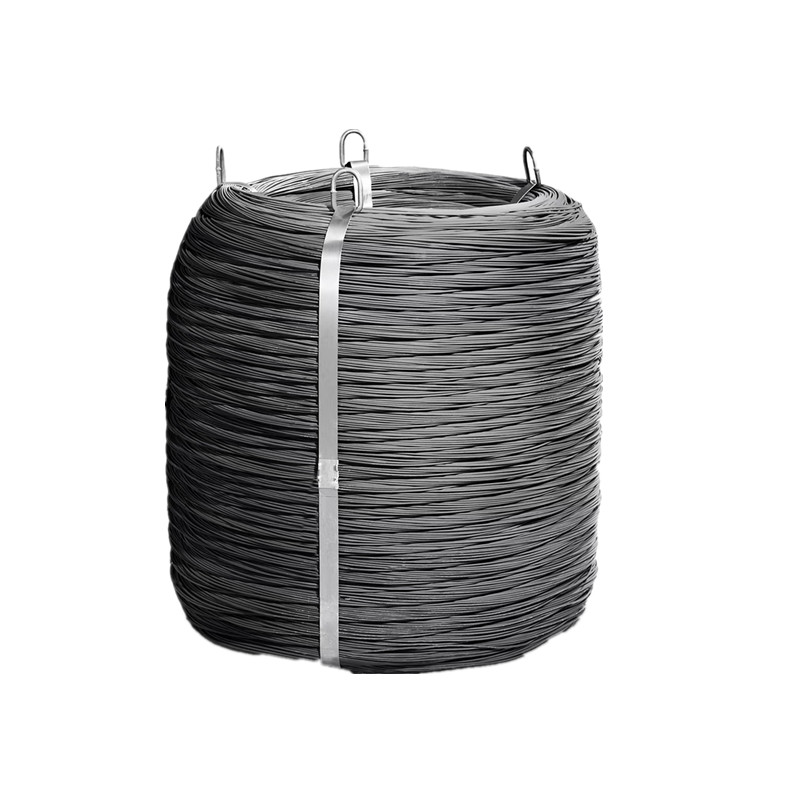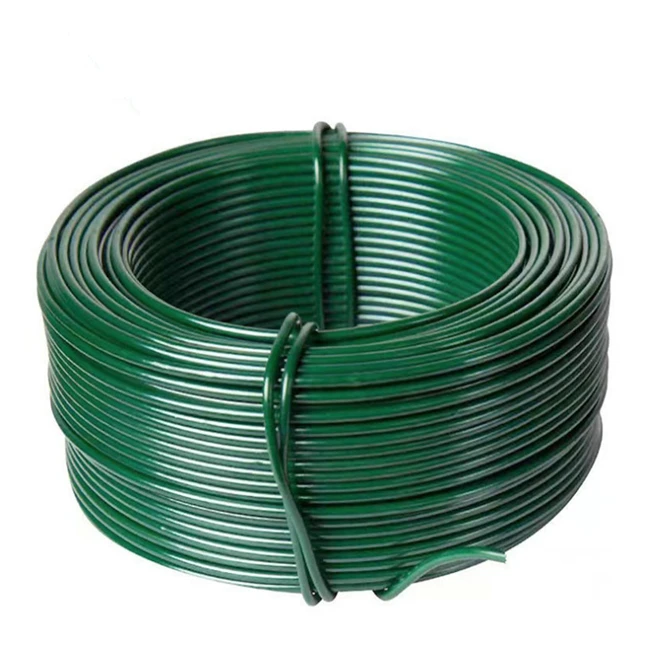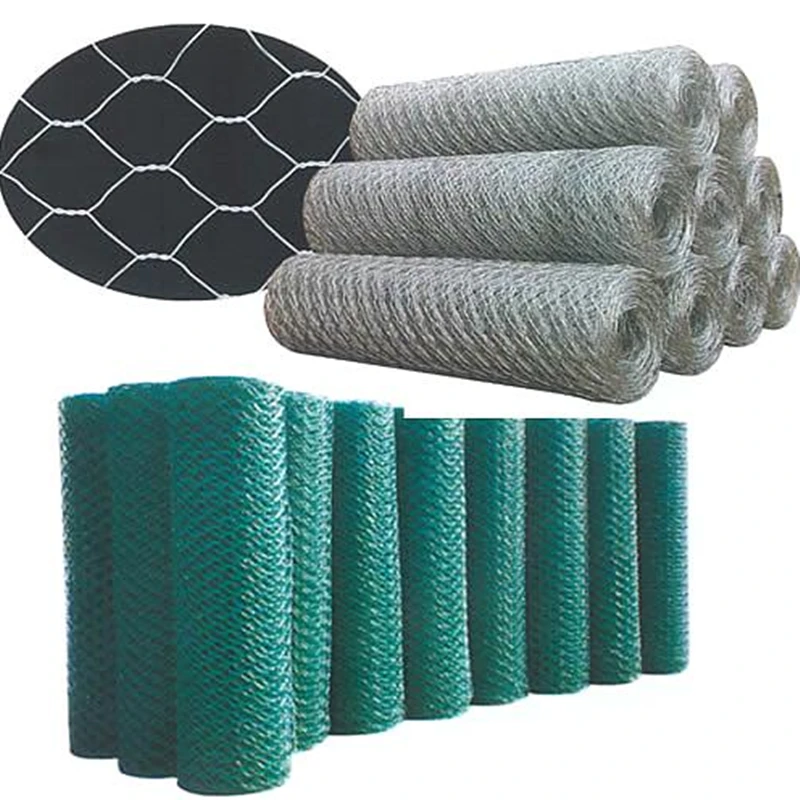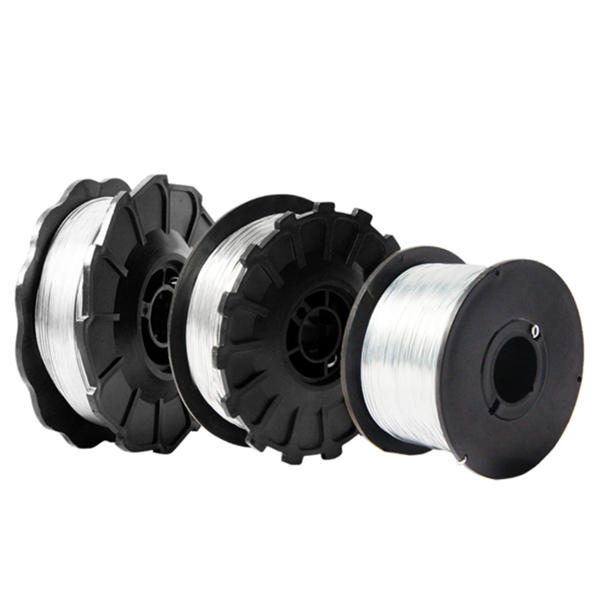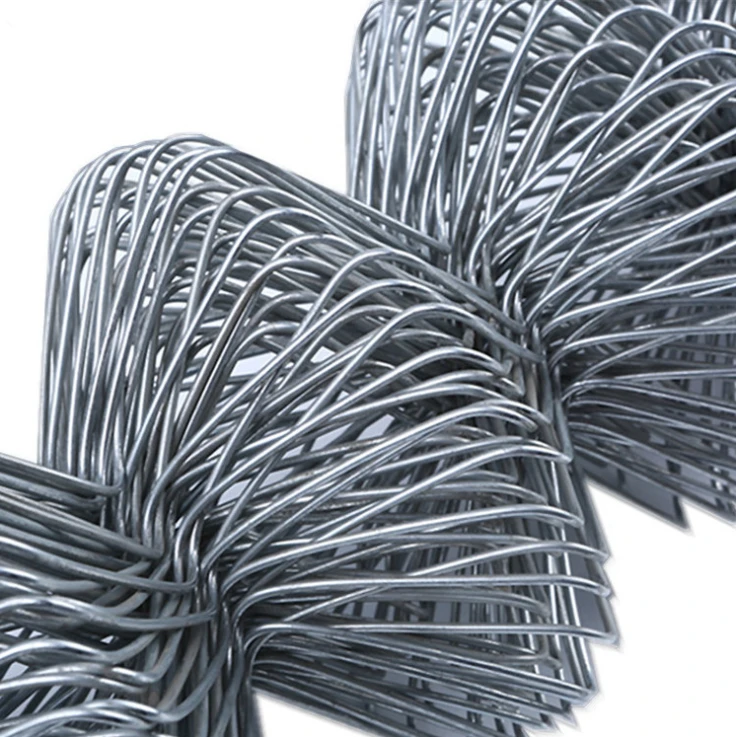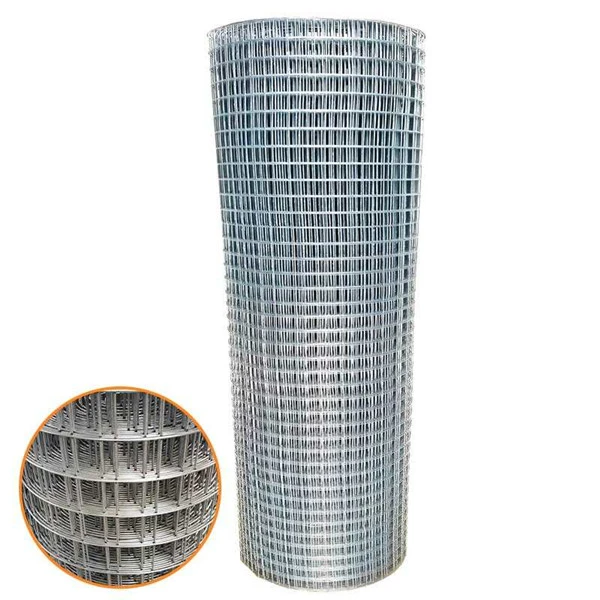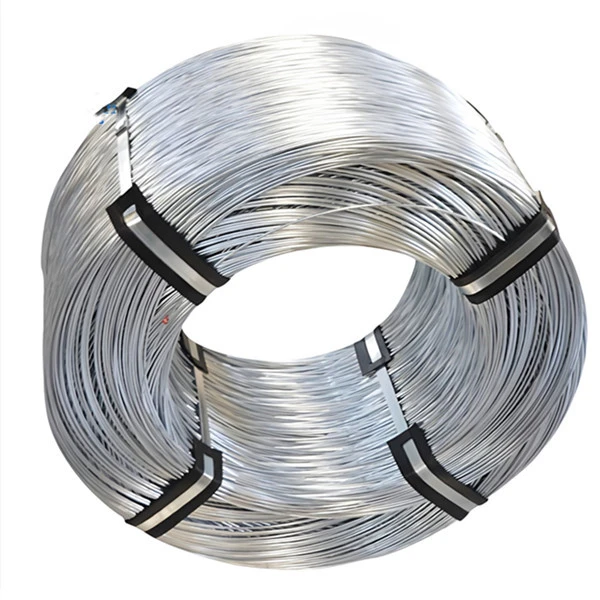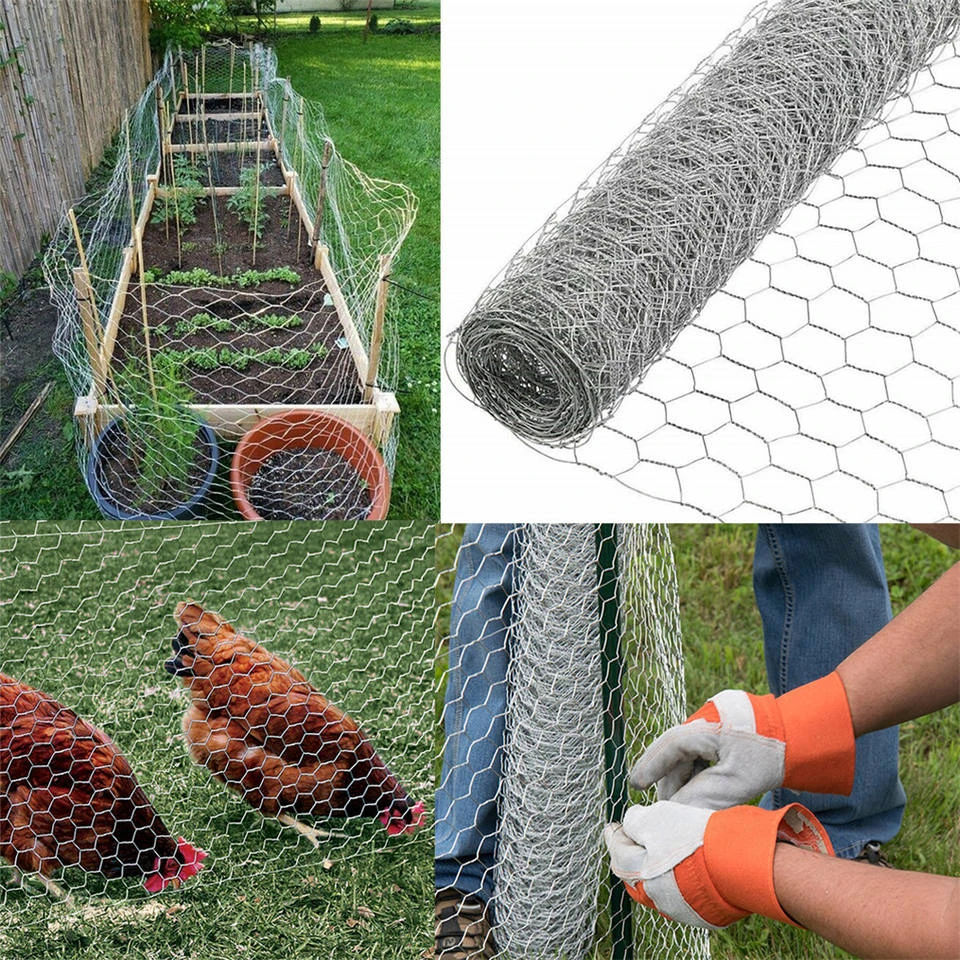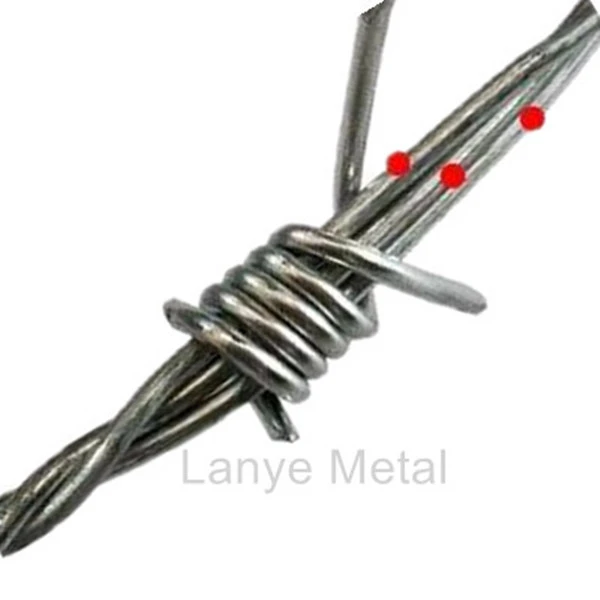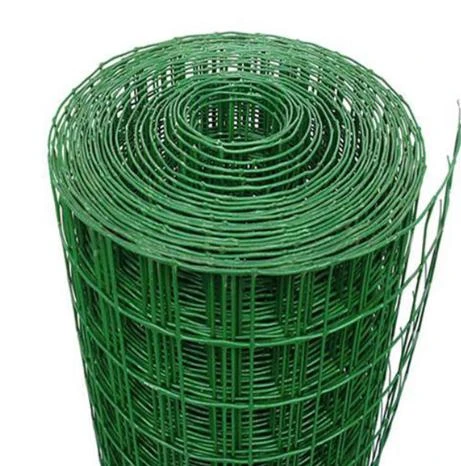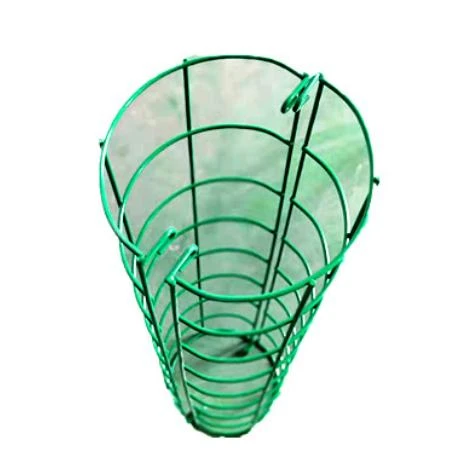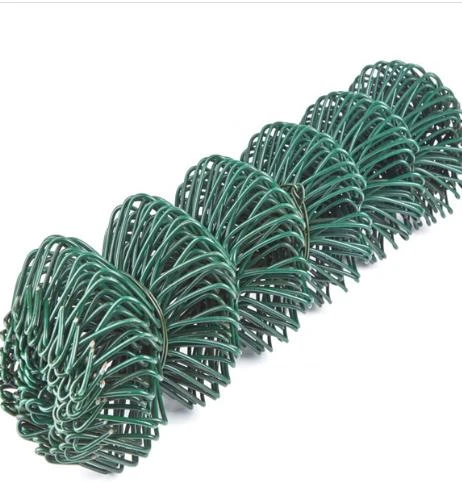- Understanding the Fundamentals of Hexagonal Wire Structures
- Technical Advantages Over Traditional Mesh Solutions
- Performance Comparison: Leading Manufacturers in the Market
- Customization Options for Diverse Industrial Needs
- Real-World Applications Across Key Industries
- Installation Best Practices and Maintenance Guidelines
- Future Trends in Hex Netting Innovation

(hex netting)
Understanding the Fundamentals of Hex Netting Wire Mesh
Hex netting, also known as hexagonal wire mesh, is a versatile material characterized by its six-sided cellular structure. Originally developed for agricultural use, this mesh has evolved into a critical component across construction, mining, and environmental engineering. The unique geometry of hex netting
wire mesh provides exceptional tensile strength—up to 1,500 MPa in galvanized variants—while maintaining flexibility. Its open design allows for efficient drainage and airflow, making it ideal for applications like slope stabilization, where it reduces soil erosion by 60–80% compared to traditional methods.
Technical Advantages Over Traditional Mesh Solutions
Hex wire netting outperforms welded or woven alternatives in durability and adaptability. A 2023 industry study revealed that galvanized hex netting lasts 2.3× longer than PVC-coated chain-link fencing in coastal environments. Key technical benefits include:
- Corrosion resistance: Triple-layer coatings extend lifespan to 25+ years
- Load distribution: Hexagonal cells reduce point stress by 40%
- Installation speed: Pre-fabricated rolls cut labor costs by 30%
Performance Comparison: Leading Manufacturers in the Market
| Manufacturer | Material Grade | Wire Diameter (mm) | Tensile Strength (MPa) | Price per m² ($) | Warranty |
|---|---|---|---|---|---|
| ABC Metals | Galvanized Steel | 2.0–3.5 | 1,400 | 8.50 | 15 years |
| SteelGuard | PVC-Coated | 1.8–3.2 | 1,250 | 11.20 | 20 years |
| FlexiMesh | Stainless 304 | 2.5–4.0 | 1,600 | 18.75 | Lifetime |
Customization Options for Diverse Industrial Needs
Modern hex netting systems support tailored configurations to meet specific project requirements:
- Material Selection: Choose from galvanized, galfan, or stainless steel
- Wire Gauge: 1.6 mm to 4.0 mm diameters
- Coating Systems: Zinc-aluminum alloys provide 95% rust protection
- Panel Sizing: Custom cuts up to 4m width × 50m length
Real-World Applications Across Key Industries
A recent infrastructure project in Texas utilized 12,000 m² of hex wire netting for highway embankment protection, achieving a 72% reduction in maintenance costs. Other notable implementations include:
- Poultry farming: 2.4mm mesh prevents predator intrusion (99% success rate)
- Renewable energy: Solar farm perimeter security with 3.0mm heavy-duty mesh
- Aquaculture: Anti-bird nets with 45mm hexagonal openings
Installation Best Practices and Maintenance Guidelines
Proper installation maximizes hex netting's 25-year service life. Critical steps include:
- Ground preparation: Compact soil to 90% Proctor density
- Anchoring: Space steel stakes every 1.5m with 60cm embedment
- Tensioning: Apply 300–500 N force during unrolling
- Inspection: Bi-annual checks for coating integrity
Future Trends in Hex Netting Innovation
As demand grows for sustainable construction materials, hex netting manufacturers are developing graphene-enhanced coatings that improve corrosion resistance by 150%. Smart mesh systems with embedded IoT sensors are projected to capture 35% of the civil engineering market by 2028. These advancements ensure hexagonal wire netting remains indispensable for infrastructure development, combining millennia-proven geometry with cutting-edge material science.

(hex netting)
FAQS on hex netting
Q: What is hex netting wire mesh commonly used for?
A: Hex netting wire mesh is widely used in fencing, poultry enclosures, and garden protection due to its flexibility and durability. Its hexagonal design provides strength while allowing airflow and visibility.
Q: How does hex netting differ from other wire mesh types?
A: Hex netting features a distinctive hexagonal weave, making it lighter and more adaptable than rigid square or welded meshes. It is ideal for curved surfaces and uneven terrain applications.
Q: What materials are used to manufacture hex wire netting?
A: Hex wire netting is typically made from galvanized steel, stainless steel, or PVC-coated wire. These materials ensure corrosion resistance and longevity in outdoor or high-moisture environments.
Q: Can hex netting be used for industrial applications?
A: Yes, hex netting is used in industries for machine guarding, filtration, and reinforcing structures. Its robust construction handles heavy loads while maintaining flexibility.
Q: How do I choose the right hex netting size for my project?
A: Select based on mesh aperture size, wire gauge, and material coating. Smaller apertures suit animal fencing, while thicker gauges are better for industrial or high-impact uses.




